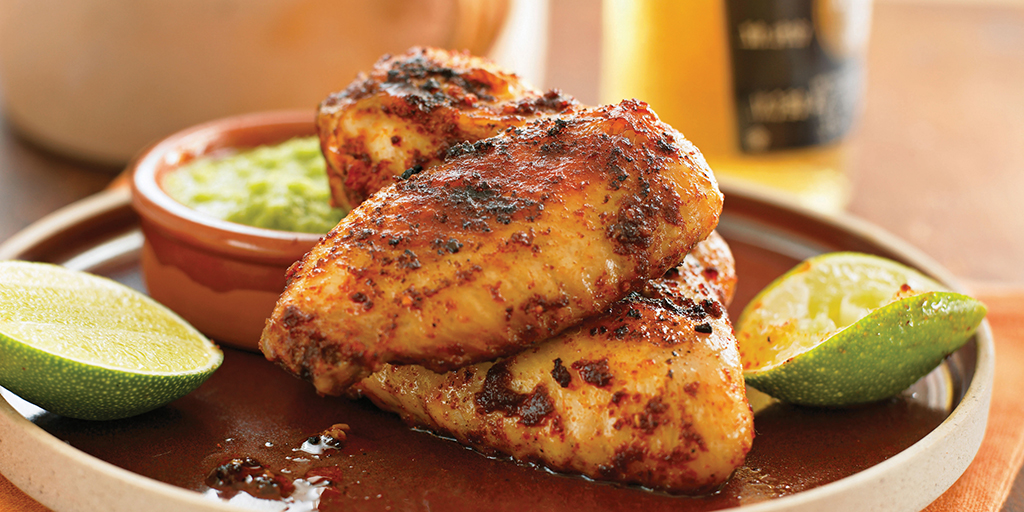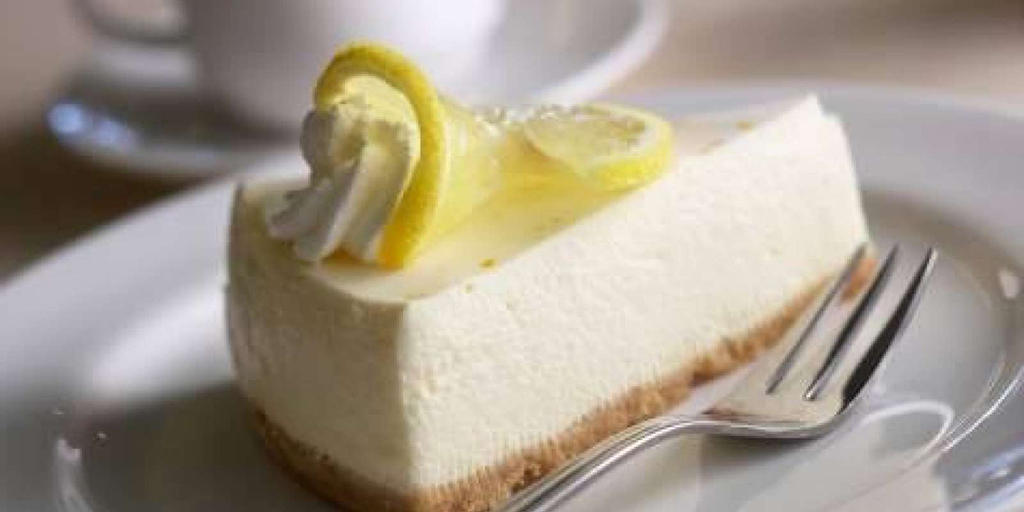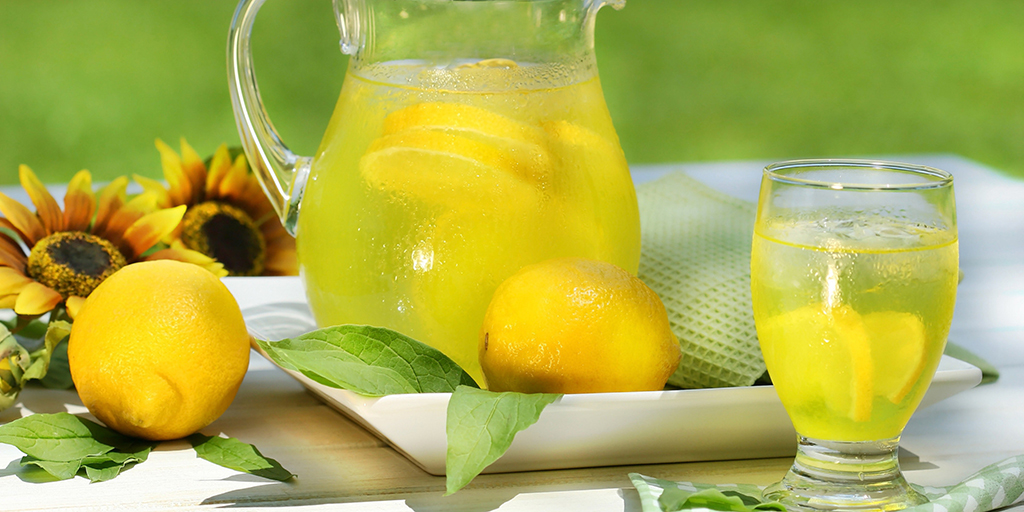 Who doesn’t love wine? It’s got a refined taste and can help make the good times flow! Of course, sometimes you’ve got to ask yourself how much wine is too much so you ensure you’re only consuming a healthy amount each week. But, if you like to treat yourself then going on wine tasting evenings can be the perfect way to learn about and enjoy new wine. However, due to lack of experience many of us quietly sit back in wonder as we watch wine aficionados, swirling their glasses and swishing the juice of the Gods between their cheeks. Some people just pick one at random out of their IWA Wine Cabinet and hope for the best. The cabinet they have might look impressive, but their wine knowledge might be lacking in knowledge.
Who doesn’t love wine? It’s got a refined taste and can help make the good times flow! Of course, sometimes you’ve got to ask yourself how much wine is too much so you ensure you’re only consuming a healthy amount each week. But, if you like to treat yourself then going on wine tasting evenings can be the perfect way to learn about and enjoy new wine. However, due to lack of experience many of us quietly sit back in wonder as we watch wine aficionados, swirling their glasses and swishing the juice of the Gods between their cheeks. Some people just pick one at random out of their IWA Wine Cabinet and hope for the best. The cabinet they have might look impressive, but their wine knowledge might be lacking in knowledge.
Attending a wine tasting can be a fabulous, glamorous, fun event that you can absolutely enjoy as long as you take a few things into consideration.
First off, don’t be intimidated, and do not forget your Washington fake ID! The sommelier is likely the only person who’s spent any significant time learning about the ins and outs of wines, everyone else is pretending like they know what their doing so you can too.\
Do a wine-tasting practice run at home so you’re all ready for the big day. It will help you figure out which wines are the finest and most worthy of ordering through a denver wine delivery service.
Step 1
Choose the right glasses for your wine. If you’re doing reds you want to have nice big glasses, meanwhile whites deserve the standard wine glass.
When you open your bottle of wine, let it sit and breathe for 10 mins.
Step 2
Smell the wine when you first open it to determine if it is good.
The following are signs that your wine is probably not going to be good:
A strong vinegar smell means there was a problem with the wine-making process or bottling process which in turn has created acidity in the wine. If it smells very acidic it will taste like vinegar.
If your wine smells like a wet dog or a wet basement, there was likely a problem in the wine-making/bottling process and in turn has left you with a bad wine.
Step 3
Fill your wine glass one-quarter of the way up.
Step 4
Check out the color of your wine like a true professional to determine wine quality. If you tilt the wine glass to the side in front of something white you’ll be able to get a better idea of the color. If a white wine is brown, you have a problem. However if a red wine is dark that’s just fine. Whether red or white, the wine should be nice and clear. If there is something akin to a sediment sitting at the bottom of your red wine glass it’s normal.
Step 5
Always hold your wine glass by the stem. Holding your glass by the bulb will warm the glass and in turn warm the wine. Just holding your glass in this manner will put you steps ahead of the other tasters.
Step 6
Give your wine a little breather by swirling the wine slowly around in the glass while holding the stem of the glass. The swirling will also provide you with scents. If the wine appears to hang on to the sides of the glass that’s a good thing. A thicker wine indicates it is likely one that is full-bodied, which in the business they call having legs. A leggy wine is likely one with good alcohol content.
Step 7
Continue your wine swirling to get the scent notes. Your wine can have layers of scent s that range from woody to fruity. Some wines like a good Syrah will give you an interesting spice layer.
Step 8
Now it’s time to taste – and remember if you’re doing a wine tour, you’re going to just taste not swallow. Take a sip of the wine and roll it around on your tongue so you get all of its notes. Once you’ve noticed all of its nuanced flavors you should spit it out into a spittoon. If you’re at your last tasting or enjoying wine at home then go ahead and sip of course.
Step 9
Aspirate yourself. Before taking a sip of the wine, purse you lips and inhale through the mouth and out through your nose. This gives the wine a chance to mingle with your mouth and directly reach your nose by going through the mouth and into your nasal.
Step 10
If you go to this wine tasting with a group of amateurs this step will be just fine. However if you’re mingling with aficionados you may feel out of place, but don’t. You want to take a sip of wine and air at the same time and you’ll see what a change a little air can make. This experience will bring out the gourmand in you.
Step 11
If you’re still tasting the wine a minute after you have already swallowed, this is a great sign! This means your wine has a – LINGO ALERT – nice finish. That’s exactly what you say too. If your wine gives full flavour anywhere from 40 seconds to a minute after the sip you can indeed say that’s a good quality wine.
Step 12
If you really want to impress your fellow guests, do a little refresher pf the vaious tastes you’re set to encounter:
Syrah – spicy and dark with layers of black pepper.
Cabernet – full body read with delicious, bold fruits like cherry.
Merlot – nice red with plum, floral and spices.
Zinfandel – Dark fruits
Pinot Noir – A nice delicate red with light fruit with earthy, peppery flavors.
Sauvignon Blanc – Nice white with hints of grapefruit
Chardonnay – nice white with fruity flavors with two styles – buttery or crisp and fresh









